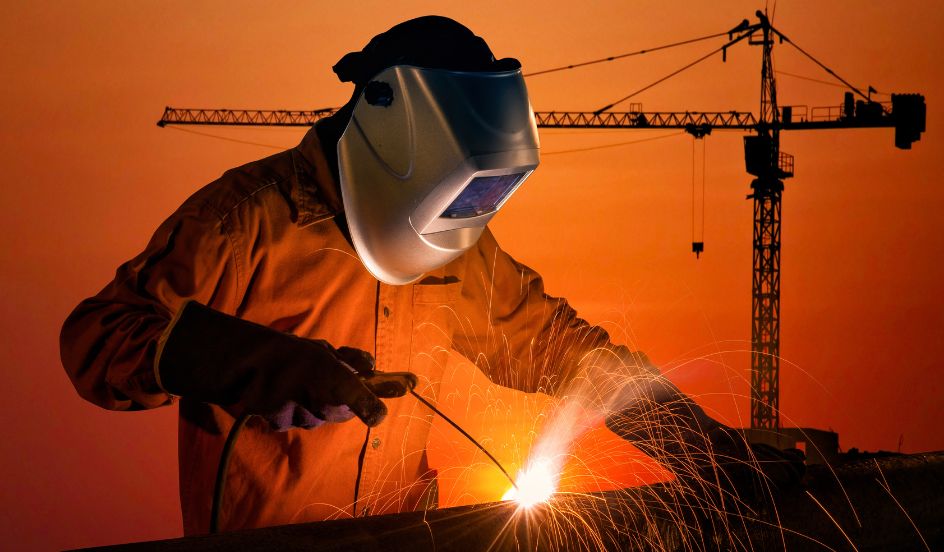The History Of Welding
September 13th, 2016 / By Eastern College
Welding plays a significant role in today’s manufacturing on many levels. Since it is so commonplace, it is easy to take for granted. Take a minute to think about how your life would change without humanity’s ability to forge and meld metal. Hard to imagine how our society could continue to function in the manner we are accustomed to, isn’t it?
Like many of the art forms that humans benefit from, the origins of welding dates back several centuries.

Many things would not exist without welding, including buildings, gates, fences, small kitchen appliances, vehicles, and even space travel.
The Middle Ages
When it comes to the history of metal fabrication, most people automatically think of blacksmiths toiling away to create horseshoes and forging tools. These craftsmen played a very important role in the advancement of metalwork in their era, but they were not the pioneers.
Welding actually dates back to the Bronze Age, meaning that this art has been around for at least 2000 years. Welding continued to evolve and the Egyptians adopted it for tool making.
Feeding the Flames
Those blacksmiths we mentioned earlier toiled over a roaring fire pit that required a certain temperature for them to do their work. However, things became easier in the 19th century, thanks to the invention of acetylene. It was during this time that welding really started its evolution into the form we know today.
Thanks to the newly discovered miracle of electricity, metalworkers had arc lighting and an electric generator for assistance. The carbon and metal arc forms of welding became increasingly common, and resistance welding was a frequently used joining process.
20th Century Evolution
The next century led to the development of more sophisticated processes, which included a coated metal electrode. Other types of welding also found popularity, including seam welding and projection welding. Improvements in gas welding also made that method more effective and reliable. While it was a terrible tragedy for humanity, the armament requirements of World War I led to a dramatic increase in the manufacture of welding machines.
As the century continued, so did the improvements. Stud welding became a key aspect of construction, while C02 welding was widely implemented by the steel industry. Plasma and electron beam welding also became production mainstays.
Welding continues to evolve as technology changes. Could those early blacksmiths possibly have imagined a time when someone could join pieces of metal underwater? The art of laser welding probably seemed like science fiction not so long ago and yet, here it is. As long as man needs to join pieces of metal, welders will be there to practice their craft.
The art of welding may reach far back into history, but you only need 32 weeks at Eastern College to gain the knowledge and ability to layout, cut, prepare, join, and repair various metals in manufacturing and construction. Our program includes a 160-hour work placement and graduates are eligible to complete the Apprentice Level I Exam. They may also qualify for credit towards their apprenticeship.
Contact Eastern College today to learn more about the program and when the next round of classes begins at our St. John campus.
